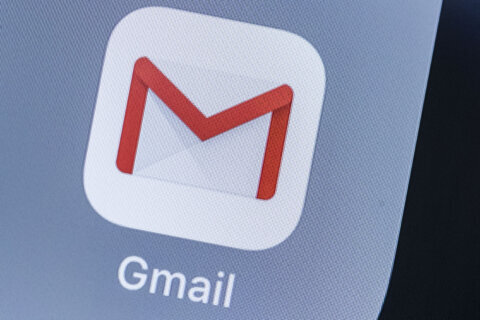Q: How do I get rid of all the annoying notifications and suggestions that seem to be everywhere in Windows 11?
A: Microsoft’s business model for its operating system changed significantly with the release of Windows 10, which it provided for free.
Previous versions of Windows required users to purchase the latest edition if they wanted it, but the pressure from companies like Google and Apple that offered free apps and operating systems forced Microsoft’s hand.
To make up for this lost revenue stream, they turned to “suggestions” and “notifications,” which are often nothing more than an advertisement that they got paid to provide.
Fortunately, if you’re willing to do a little digging, you can find most of these annoying “conveniences” and turn them off.
Microsoft didn’t make it easy to control everything in one place, so you’ll have to jump around to gain control of the various options and notifications.
Start menu options
Many of the apps shown in the Pinned section of your Start menu are likely those that paid to be there, but it’s easy to get rid of them.
If you right-click on any of the app icons, you can choose “Unpin from Start” or “Uninstall.”
Don’t forget to scroll down in the Pinned section as other apps that got added may be hiding below the fold.
Lock screen
If you don’t want to see their “fun facts, tips and tricks” on your Lock screen, open Settings and search for Personalization. Next, click on the “Lock screen” option and remove the checkmark in front of “Get fun facts…”
System notifications
This is where most of the notifications that pop up in the lower-right corner are controlled. Go to Settings > Notifications and click on the first menu item “Notifications” to manage what you do and don’t want to see.
If you don’t want to see any notifications from any apps, you can turn the toggle switch off altogether. If you do want to get notifications from certain apps, you can scroll down to that section and control which apps are allowed to send them to you.
You can also set the priority of your wanted notifications from this same menu and remove any apps that you don’t want that may have snuck their way in.
General advertising
This is where you can control those third-party relationships that Microsoft has established. Go to Settings > Privacy & Security > General to see four toggle switches that you can turn off to reduce the advertisements.
While you are in the Privacy & Security menu, click on the Diagnostic & Feedback menu, which will allow you to turn off the “Tailored experiences” switch, which lets Microsoft use your diagnostic data for personalized tips, ads and recommendations.
System-wide notification access control
If you have multiple users on the same computer, you can choose to allow each user to decide if apps have access to their notifications or turn it off for all users.
This option is located in Settings > Privacy & security > Notifications and only controls whether apps have access to notifications, not if they can push them to you.
Ken Colburn is founder and CEO of Data Doctors Computer Services. Ask any tech question on Facebook or Twitter.







